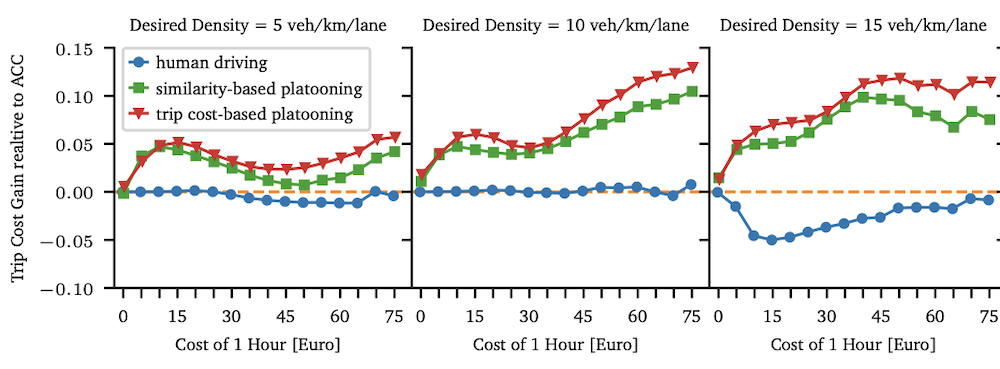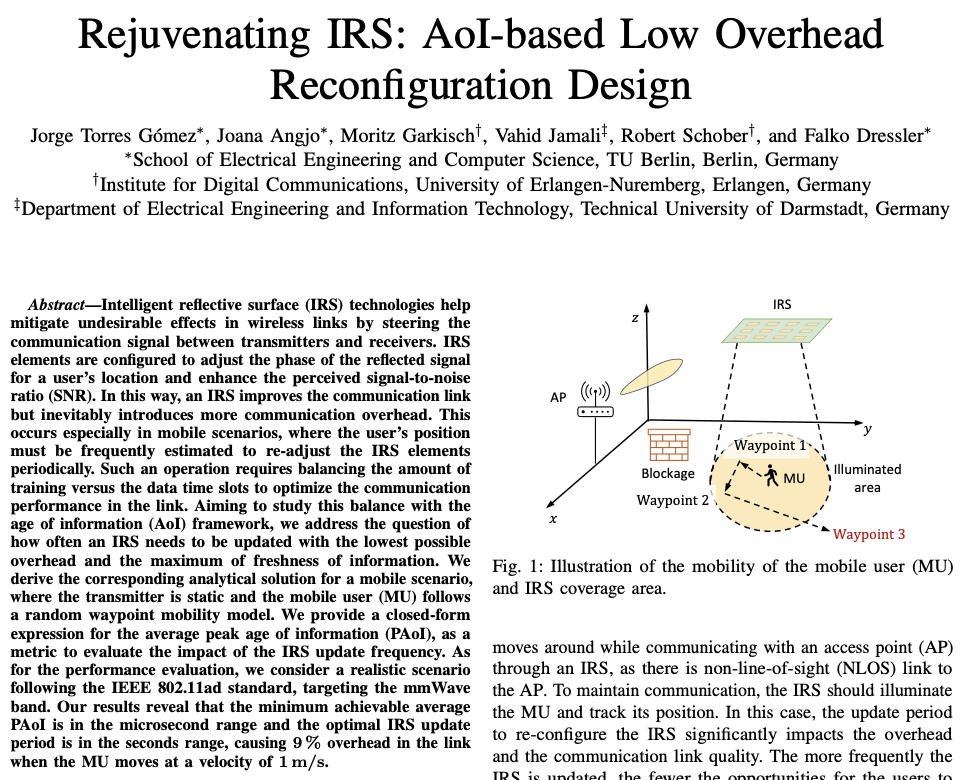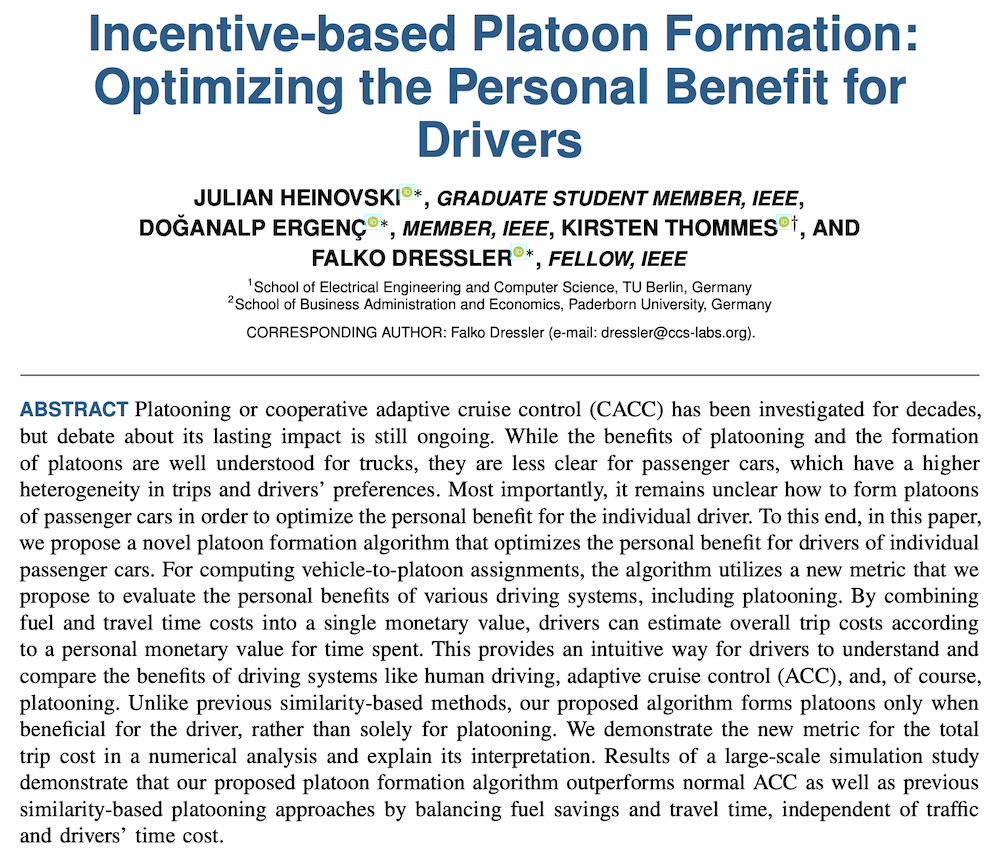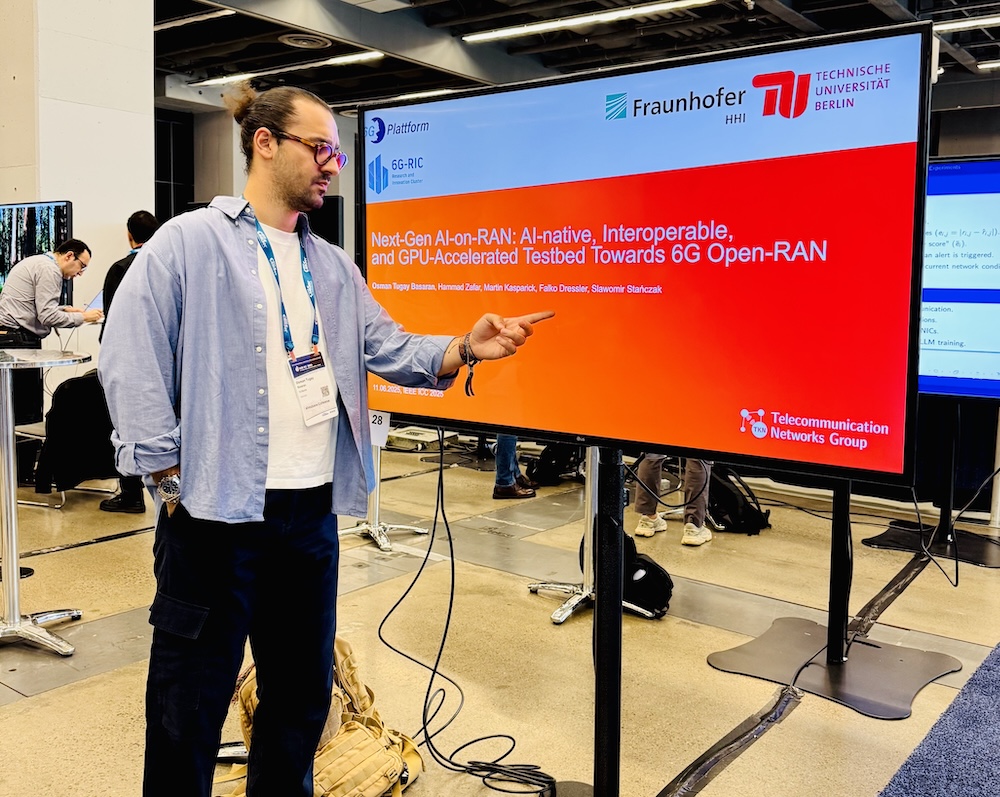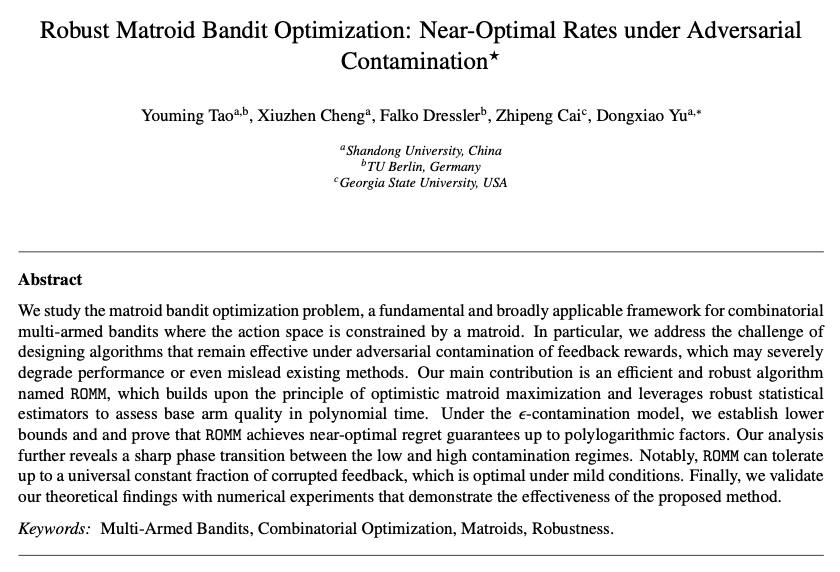Literature Database Entry
pago2022opt-lte
Clemens Henrich Pago, "Opt-LTE: LTE over an Optical Wireless Channel," Master's Thesis, School of Electrical Engineering and Computer Science (EECS), TU Berlin (TUB), August 2022. (Advisor: Anatolij Zubow; Referees: Falko Dressler and Thomas Sikora)
Abstract
With the increasing demand of wireless spectrum, the offloading of data onto an Optical Wireless Channel (OWC) is emerging as viable means to overcome the crowded radio spectrum for highly-localized communication systems. However, these systems introduce new challenges due to the directionality of light, especially under mobility scenarios. We present Opt-LTE, a Light Fidelity (LiFi) system based on 3GPP LTE in Frequency Division Duplex (FDD) mode, realized with the software suite srsRAN and Software Defined Radios (SDRs). Opt-LTE was implemented as a prototype and evaluated in a small testbed. We analyzed the feasibility of a point-to- point communication and also of a mobility scenario with a S1 handover between two eNodeB (eNB). Experimental results reveal that our approach offers excellent point-to-point performance for most use cases. Moreover, the system guarantees seamless mobility with only little handover latency. Opt-LTE demonstrates that LTE is a feasible option for LiFi systems, utilizing an existing solution for seamless mobility.
Quick access
Contact
Clemens Henrich Pago
BibTeX reference
@phdthesis{pago2022opt-lte,
author = {Pago, Clemens Henrich},
title = {{Opt-LTE: LTE over an Optical Wireless Channel}},
advisor = {Zubow, Anatolij},
institution = {School of Electrical Engineering and Computer Science (EECS)},
location = {Berlin, Germany},
month = {8},
referee = {Dressler, Falko and Sikora, Thomas},
school = {TU Berlin (TUB)},
type = {Master's Thesis},
year = {2022},
}
Copyright notice
Links to final or draft versions of papers are presented here to ensure timely dissemination of scholarly and technical work. Copyright and all rights therein are retained by authors or by other copyright holders. All persons copying this information are expected to adhere to the terms and constraints invoked by each author's copyright. In most cases, these works may not be reposted or distributed for commercial purposes without the explicit permission of the copyright holder.
The following applies to all papers listed above that have IEEE copyrights: Personal use of this material is permitted. However, permission to reprint/republish this material for advertising or promotional purposes or for creating new collective works for resale or redistribution to servers or lists, or to reuse any copyrighted component of this work in other works must be obtained from the IEEE.
The following applies to all papers listed above that are in submission to IEEE conference/workshop proceedings or journals: This work has been submitted to the IEEE for possible publication. Copyright may be transferred without notice, after which this version may no longer be accessible.
The following applies to all papers listed above that have ACM copyrights: ACM COPYRIGHT NOTICE. Permission to make digital or hard copies of part or all of this work for personal or classroom use is granted without fee provided that copies are not made or distributed for profit or commercial advantage and that copies bear this notice and the full citation on the first page. Copyrights for components of this work owned by others than ACM must be honored. Abstracting with credit is permitted. To copy otherwise, to republish, to post on servers, or to redistribute to lists, requires prior specific permission and/or a fee. Request permissions from Publications Dept., ACM, Inc., fax +1 (212) 869-0481, or permissions@acm.org.
The following applies to all SpringerLink papers listed above that have Springer Science+Business Media copyrights: The original publication is available at www.springerlink.com.
This page was automatically generated using BibDB and bib2web.

